ICONS: MA-1 PILOT JACKET
- Santeri Horst
- 2 hours ago
- 6 min read
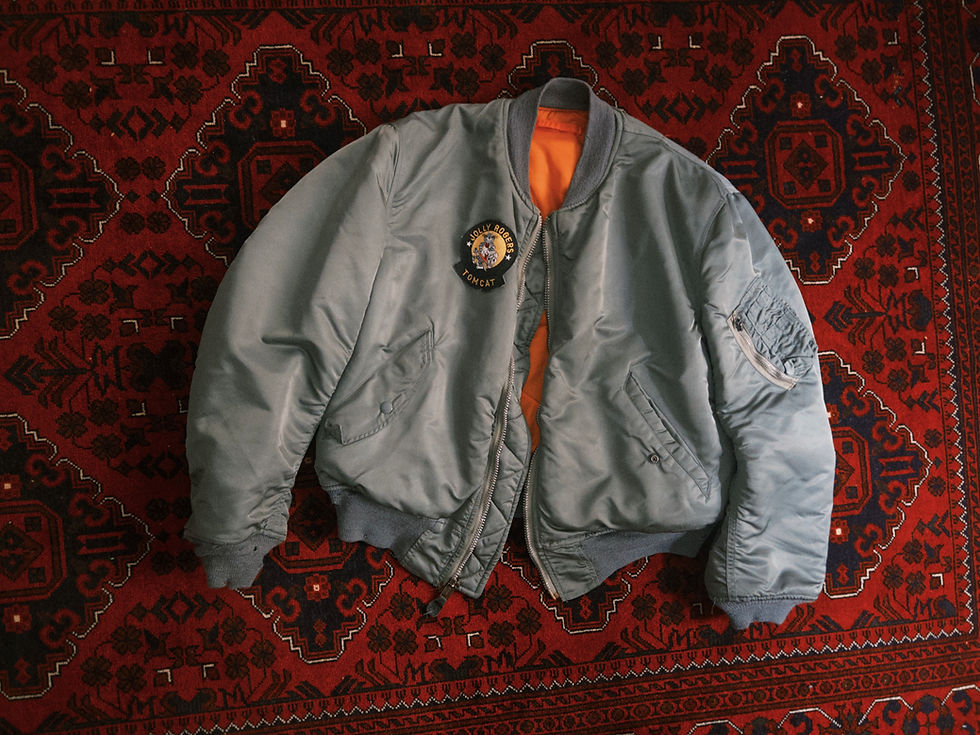
The flight jacket wasn’t supposed to end up here, hanging on a rack in a small vintage joint in Helsinki, waiting for some kid with a mullet and secondhand Docs to give it another life. It was built for war. For men strapped into machines that climbed higher and faster than the human body was meant to go. Open cockpits that froze lungs solid. Engines that rattled your bones loose. You didn’t wear a flight jacket because you wanted to look good, you wore it because without it, you were dead.
It took a number of decades of design and textile innovation. From leather A-1s to sheepskin bombers, and finally to the stripped-down nylon MA-1, it was always survival first, style accidental. Let's dig in the history of these jackets that survived wars, riots, and runways to become one more layer between you and the cold.
The First Flight Jacket
Ever since the first takeoff at Kitty Hawk, the airplanes kept going forward, gaining altitude and with altitude came cold. And those open cockpits turned into iceboxes on the sky. Pilots needed protection. They needed good reliable gear to the skies and back to tarmack. Out of that necessity was born one of the most enduring silhouettes in our jacket rotation: the flight jacket aka bomber.
As with many new innovations it didn’t take too long before the American armed forces saw the potential of this new invention in the context of modern warfare. Even though it still took some years before the actual flight jackets were invented.
We start our journey from WWI, 1917 to be exact. That was when Americans founded the Aviation Clothing Board. During the time the planes were still rattling wood and canvas with open cockpits. So, in-order to succeed the pilots had to be well-outfitted.
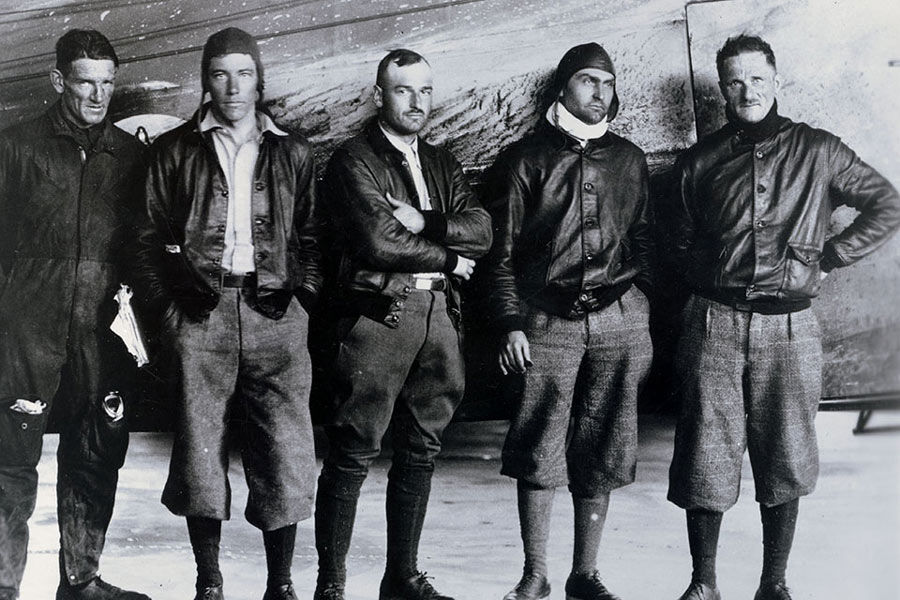
The first edition, A-1, first produced in 1927 and decommissioned by the early 30’s. These early flight jackets were produced by multiple contractors, and there fore the details vary widely, but most got the basic idea: cropped leather jacket with knit cuffs, collar and waistband to seal the warmth and button front.
The Legend
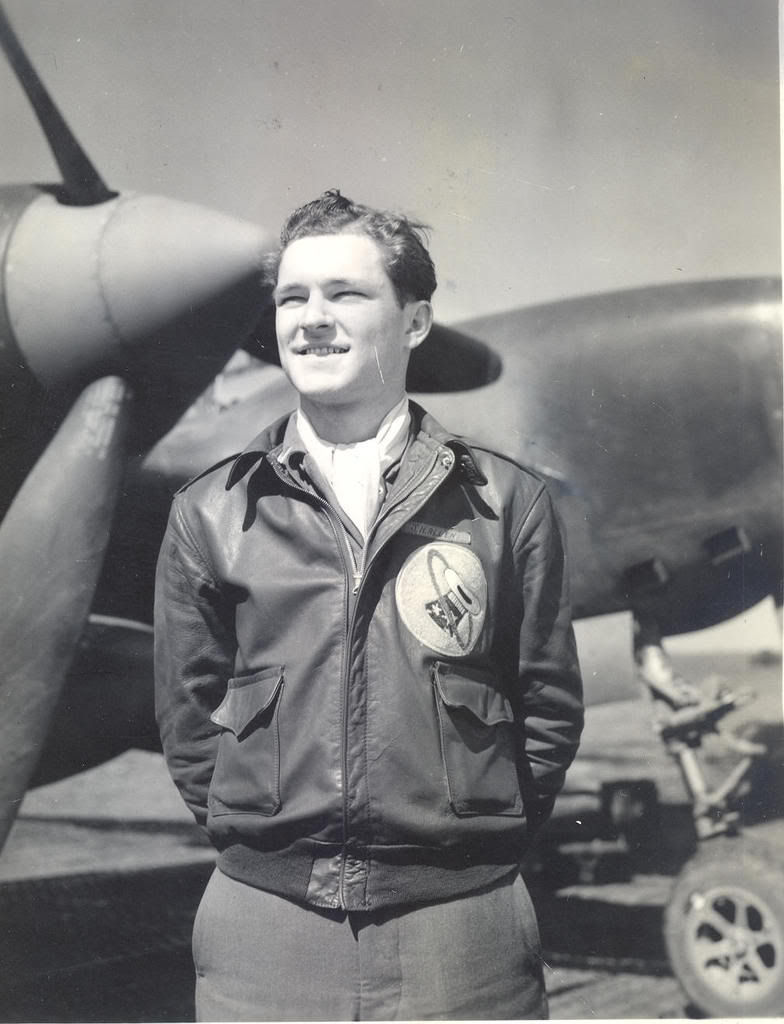
Then came the legendary A-2 Flight jacket took over its predecessor by the early 30’s. A-2 was the first standard issue for the Air Corps. The jacket featured pretty much the same fit as the A-1. The key advancements were the heavy-duty zipper and leather collar. This was the jacket of the WWII Air Corps. It became the canvas for identity: unit patches, squadron insignia and painted backs. Even though A-2 was too quite short lived design, as it was phased out by the mid 40’s, it became iconic piece of clothing history with its multiple screen cameos, from The Great Escape to Band of Brothers.
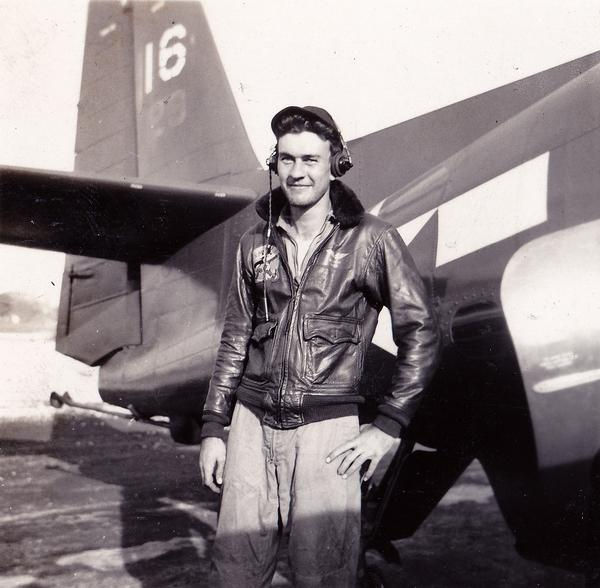
Like A-2 before, G-1 continued to further develop the flight jacket. This new design featured a mouton fur collar and more importantly a bi-swing back for freedom of movement. Most notable screen appearance of this jacket is in the Top Gun where Tom Cruise wears a fully patched up G-1 as a Navy fighter pilot. G-1 is still used by the US Navy and Air Force.
The Bomber’s Armor
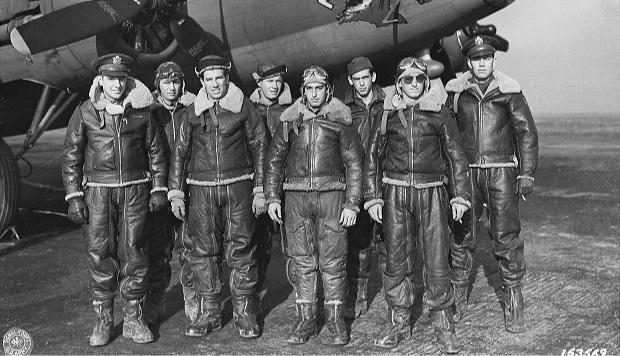
B-3, the OG bomber jacket, designed specially for the bomber crew. Flying at almost 8000m in an unpressurised B-17 was no joke. The B-3 was built for that. Heavy sheepskin inside and out, shearling lining thick enough to fight subzero winds and leather straps at the collar to seal everything shut. This was no slim, stylish piece, it was a sheepskin fortress. Bulky, rugged and designed for survival at altitude.
The Shift to Cloth

The B-10 arrived in 1943 and marked a turning point. Gone were the heavy hides and shearling. Instead, a cloth shell lined with alpaca fur, lightweight but still warm. It resembled the Navy’s G-1 but stripped of luxury. Available in olive drab or navy, the B-10 was practical, streamlined, and hinted at the future: nylon.
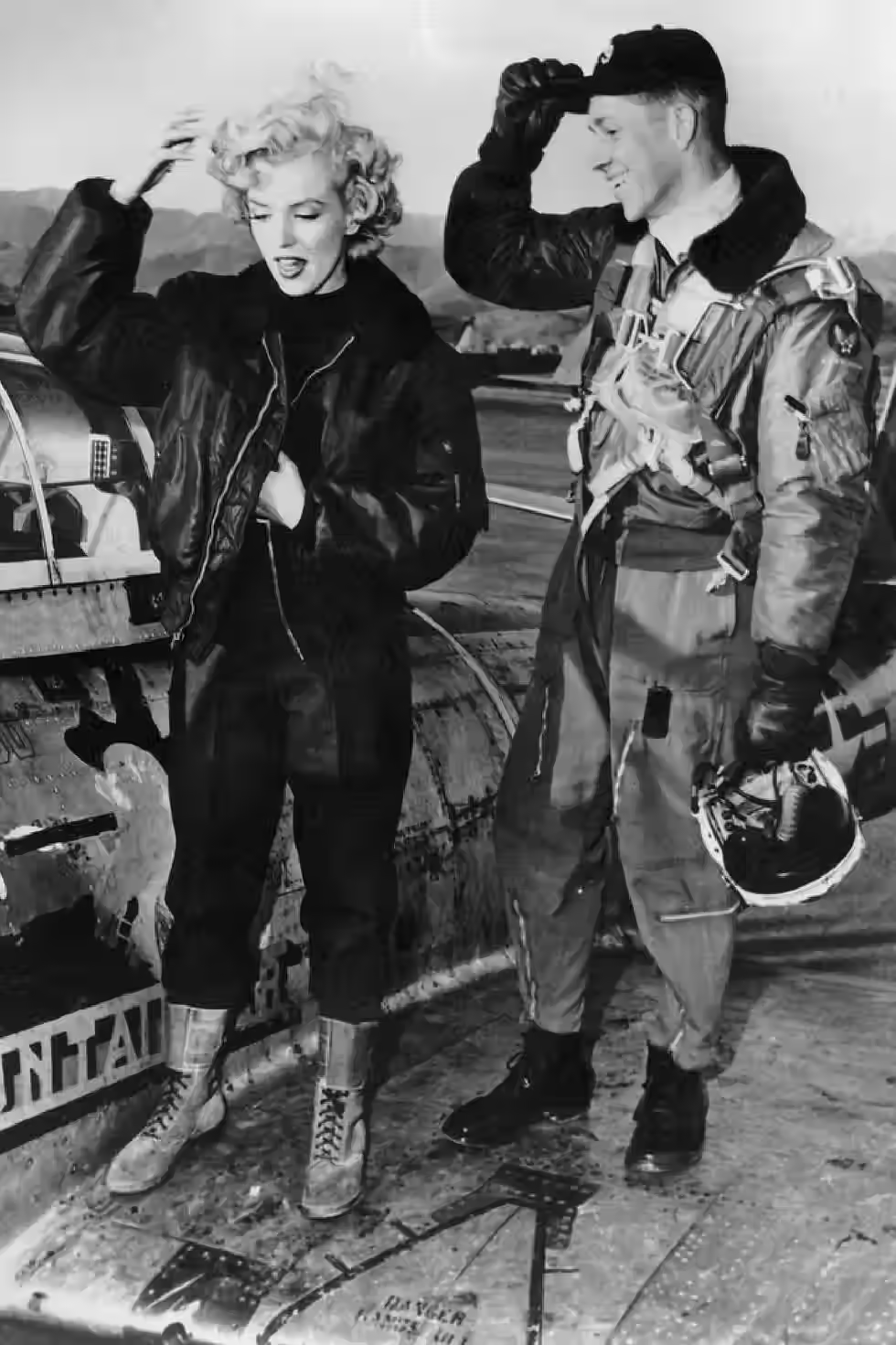
Then came the B-15, the real bridge between the old world and the jet age. The first jacket on the list that starts to really resemble the bomber of today. By the late 40's, leather was outpaced by technology. Jets flew higher, faster, colder. Cockpits shrank. Leather froze stiff, fur collars iced up. Nylon shell was the answer. Mouton fur collars, knit cuffs and waistband, cropped fit. And for the first time, the detail that would outlive them all: the utility pen pocket on the sleeve.
Chuck Yeager wore one when he broke the sound barrier in 1947 and US Air Force became its own independents military branch. That was no accident. By then, the flight jacket wasn’t just about staying warm. It was about being strapped to the future, to jet age.
The Dawn of Nylon

By the late 40’s flight jackets were slimmed down and stripped of excess. The first widely distributed jacket of the jet age was the L-2, which due to its’ short run is one of the more rare flight jackets. Reason why, is because the newly established Air Force wanted to set it self apart from the other branches, by producing a new flight jacket in their own colorway, suitably named ”Air Force Blue”. This jacket, L-2A, a vanity project, was even shorter lived than its predecessor.
Yet again, the innovation came from necessity. In 1950’s the USAF pilots were heavily involved in the jet-on-jet combat in Korean War. And that beautiful Air Force Blue wasn’t much of a camouflage when the pilots were stranded behind enemy lines.
Enter the now iconic MA-1. Assigned for pilots by the 1950’s. It had its roots in the B-15: insulated olive drab nylon shell, wool collar, cuff and waistband and stripped down from the excess details of the L-2 series.
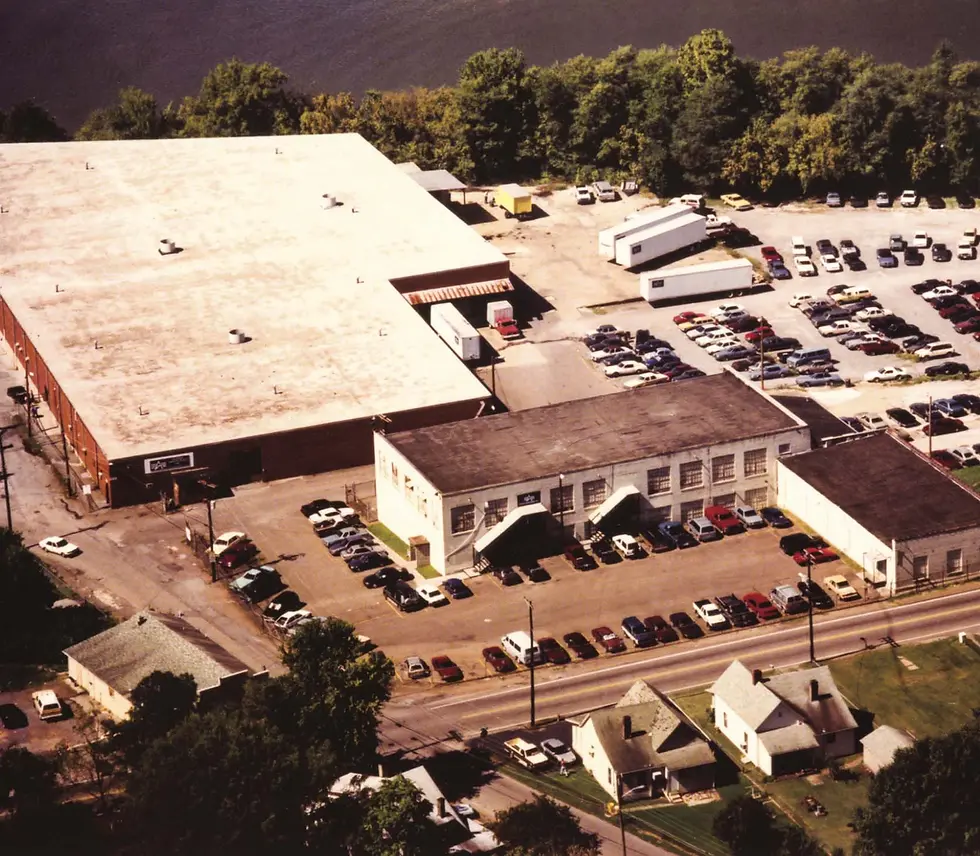
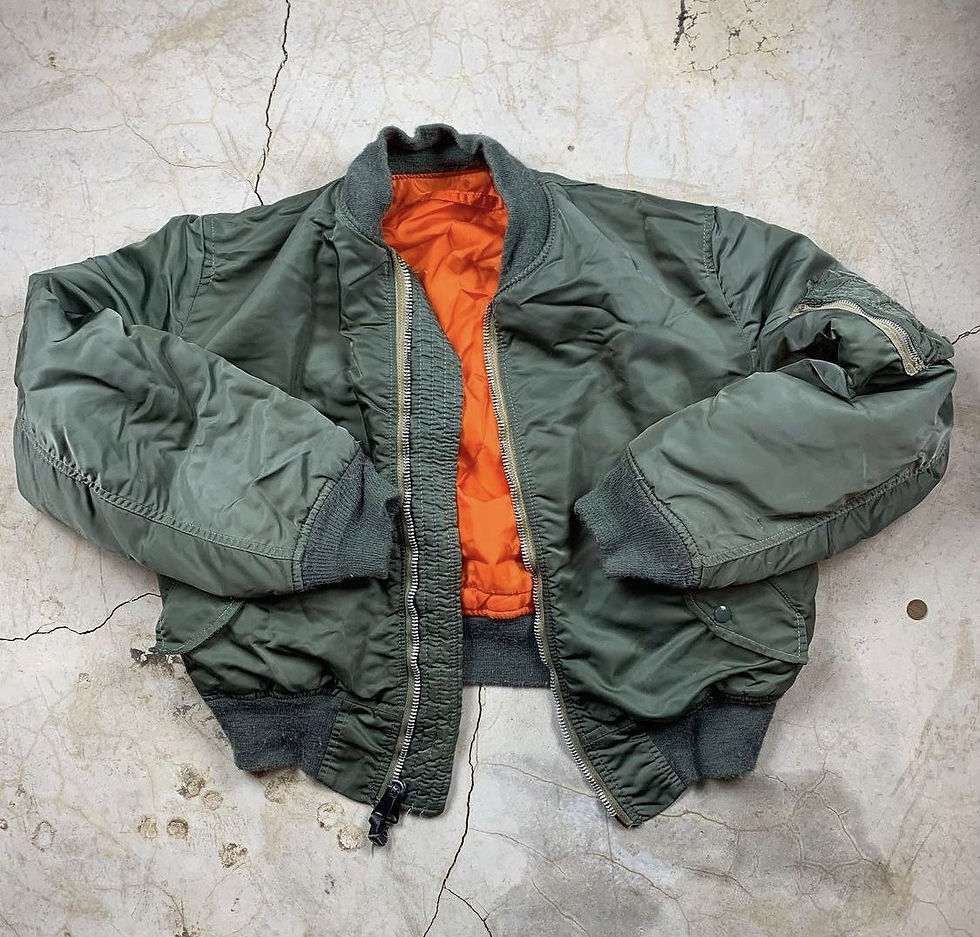
Baptized in Nam
The MA-1’s design was pure function. Olive drab nylon shell. Knit cuffs and collar for insulation without the bulk. Cropped fit to keep clear of parachute harnesses. And the detail that made it unforgettable: the blaze orange lining, meant to flip inside out to signal rescue crews if a pilot went down.
During the Vietnam War, this wasn’t theory, it was reality. Pilots and aircrews wore MA-1s on bombing runs, reconnaissance flights, and rescue missions. The jungle heat demanded the lighter L-2B in many cases, but the MA-1 was the go-to for cold-weather operations and high-altitude flights. Crews in helicopters and fixed-wing aircraft relied on them for warmth in the thin air above Vietnam’s mountains and during nighttime missions.
The jacket’s orange lining saved lives. Downed airmen in hostile territory flipped the jacket, turning into a signal flare against the green jungle floor. The MA-1 was more than clothing, it was a tool of survival, as crucial as a parachute or radio.
Surplus to Subculture

When the Air Force phased in newer models, MA-1s spilled into army surplus stores. Cheap, tough, and anonymous, they found a second life on the streets. In the 1960's flight jackets were first adopted by British Mods and then skinheads. The OG skinheads were an eclectic mix of working-class kids, who were heavily influenced by Jamaican music and style. They wore their pride on their sleeves, embracing alternative values and rejecting conservatism. Shaved heads, Sta-Prest pants, Docs and MA-1 was the uniform.
Then unfortunately by the late 70's the right-wing cunts, adopted their uniform. This neo-Nazi bullshit still remains a prominent stain in this icons story. Luckily the MA-1 has since been taken another path. It has morphed into a crucial piece of clothing in various subcultures, from punks to all kinds of misfits. The jacket shook off the weight of old connotations and kept moving, survival stitched into nylon, still worn by those who live against the grain.
Reinvented, Never Retired
The Alpha Industries MA-1 cemented itself as the civilian standard, and designers never stopped tearing it apart. Everyone from Raf Simons to Helmut Lang has put their own spin on this icon. Vintage collectors, like yours truly, hunted down military-issue originals like relics. But no matter how it’s remixed, the DNA is always there: the bomber cut, the cuffs, the lining waiting underneath.
Why It Endures
The MA-1 is honest design. No gloss, no fluff, just problem-solving stitched into nylon and knit. It survived wars, crossed oceans, and got hijacked by subcultures that saw themselves in its utility.
From cockpits to clubs, runways to riots, the MA-1 kept showing up. Always the same. Always different. That’s why it’s an ICON.
Stack of iconic flight jackets from G-1 to MA-1 now available at your local vintage dealership.













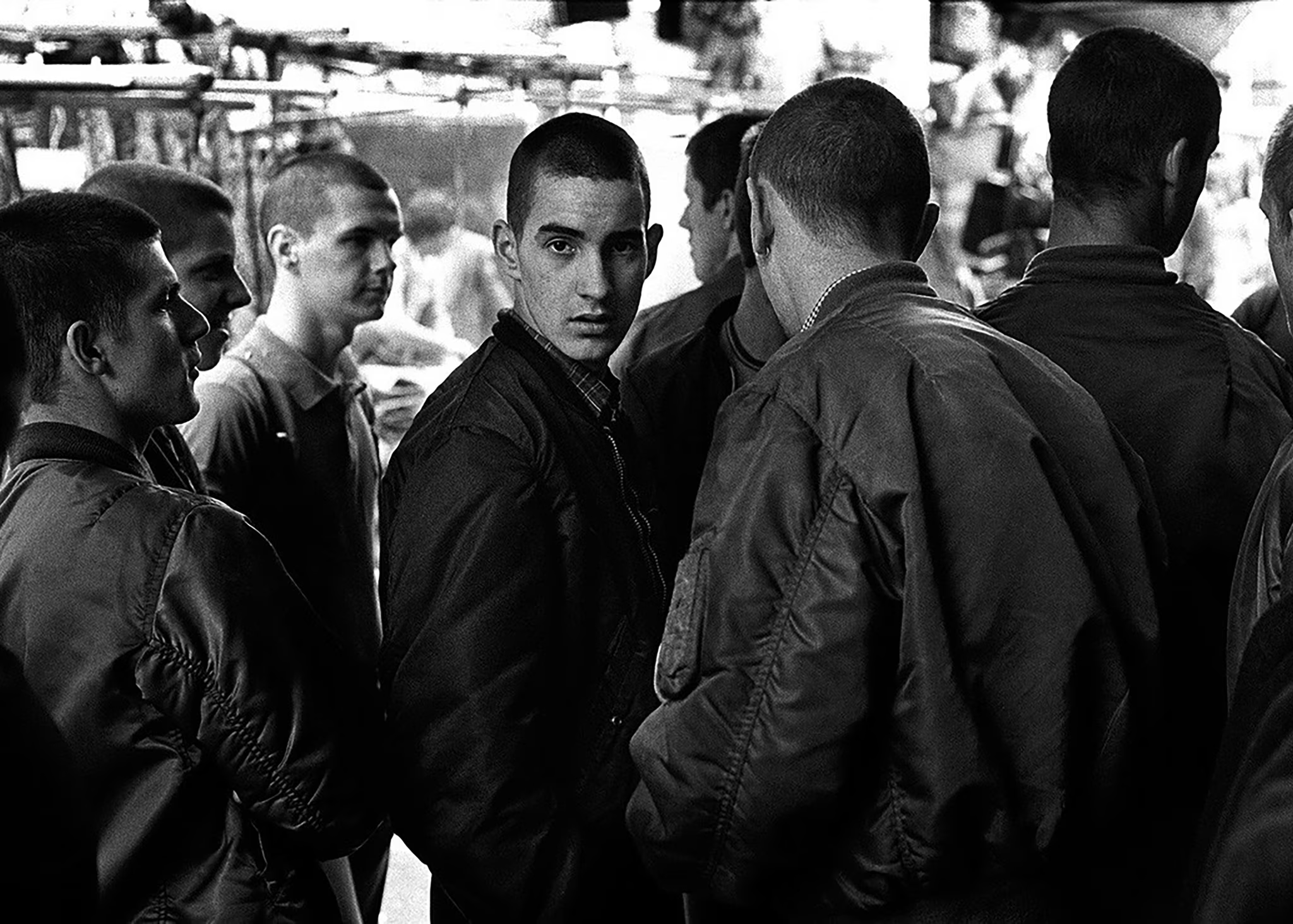

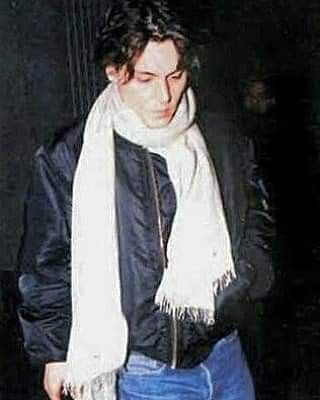


















Comments